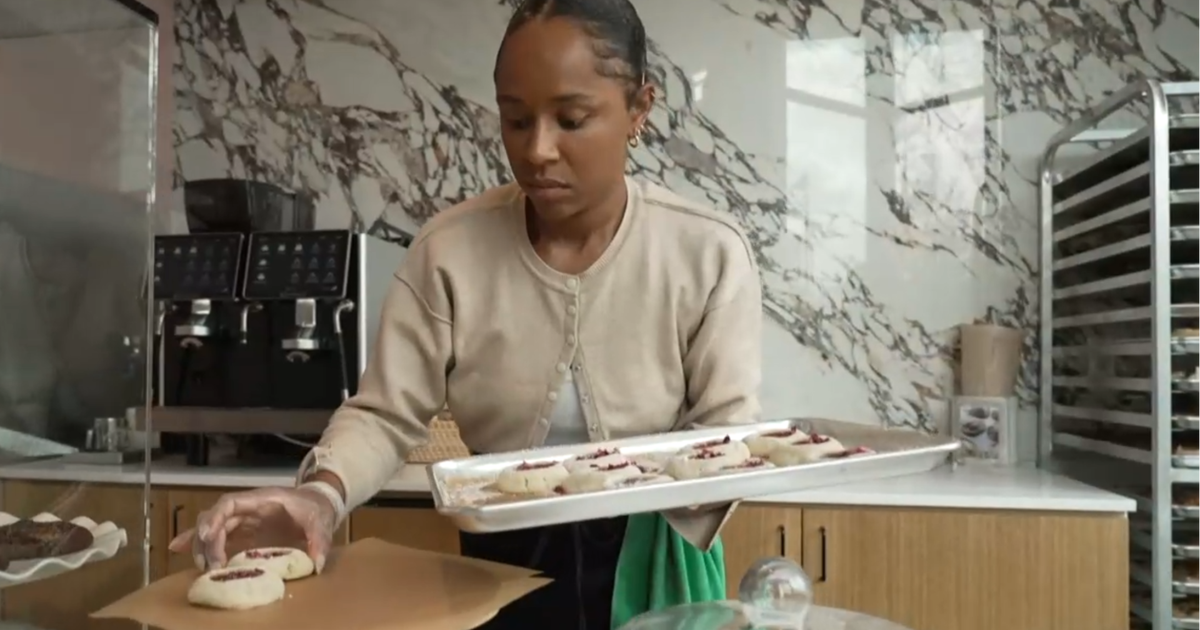Opinion
September 3, 2025 — 5.01am
September 3, 2025 — 5.01am
It’s easy to think the change to deeming rates on September 20 will only affect pensioners. The reality is that deeming affects everyone receiving aged care – whether you are getting a Home Care Package or living in an aged care home.
In fact, the biggest impact is likely to fall on self-funded retirees because they typically have more financial assets.

Self-funded retirees will also be impacted by the changes.Credit: Rob Homer
When it comes to Home Care Packages, everyone can pay a basic daily fee of about $12 a day. Beyond that, there is an income-tested care fee which full pensioners don’t pay because the threshold is set at the pension level. But part pensioners can pay up to $6862 a year, and self-funded retirees up to $13,724 a year.
What comes as a surprise to many self-funded retirees is the income test is not based on your taxable income, or even what your investments actually earn, but on Centrelink’s deeming rules.
From September 20, the deeming rates will increase by half a percentage point on both the lower and upper thresholds. Currently, singles are deemed to earn 0.25 per cent on the first $64,200 of financial assets, and couples on the first $106,200.
Loading
That rate will rise to 0.75 per cent. Assets above those thresholds are currently deemed to earn 2.25 per cent, and from September that will increase to 2.75 per cent.
Take John, a self-funded retiree receiving a Home Care Package. He has $3 million in investments. Under the current deeming rates, he is considered to earn $66,216 a year and pays $20 a day – almost $7300 a year – as an income-tested care fee. From September, his deemed income will rise to $81,216 a year, an increase of $15,000, pushing him onto the maximum fee of $37.70 a day.
The means test used to calculate contributions to the costs of aged care homes uses a combination of your assets and your income. Just like in home care, deeming is applied to your investments when calculating your income. That means many part pensioners and self-funded retirees will see their contributions rise.
Look at Judy, a self-funded retiree who moved into an aged care home earlier this year, paying a Refundable Accommodation Deposit (RAD) of $500,000. She has $1.4 million in financial assets.
Under current deeming rates she is deemed to earn $30,216 a year. From September, that will rise to $37,216. Right now, Judy pays almost $86 a day – $31,357 a year as a means-tested care fee. After the deeming increase, her fee will be just over $90 a day, or close to $33,000 a year.
A small rise in deeming rates may sound minor, but for older Australians in aged care it can mean thousands more in fees. Many self-funded retirees will feel the effect, some may hit the maximum.
It’s a reminder that aged care fees depend less on what you earn and more on what the government deems you earn.
Rachel Lane is the author of Downsizing Made Simple, a book and website aimed at demystifying downsizing.
- Advice given in this article is general in nature and not intended to influence readers’ decisions about investing or financial products. They should always seek their own professional advice that takes into account their own personal circumstances before making any financial decisions.
Expert tips on how to save, invest and make the most of your money delivered to your inbox every Sunday. Sign up for our Real Money newsletter.
Most Viewed in Money
Loading


















































